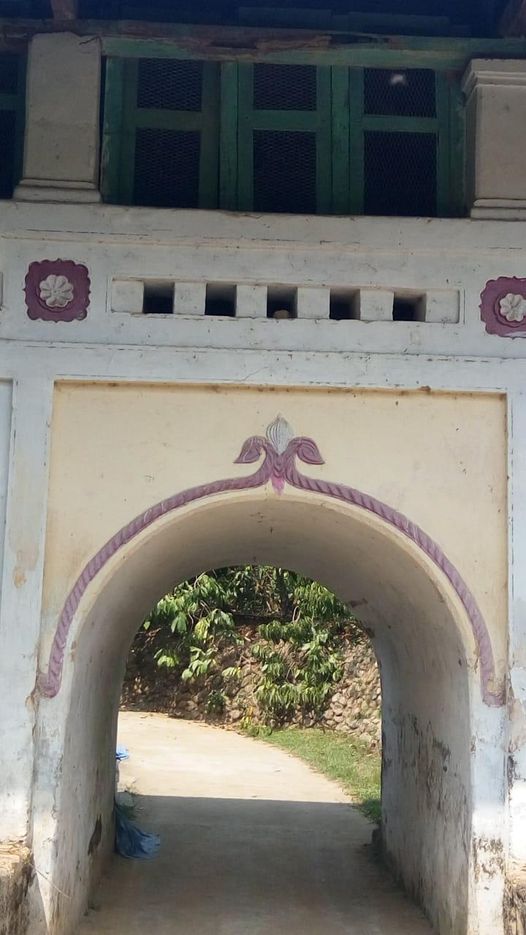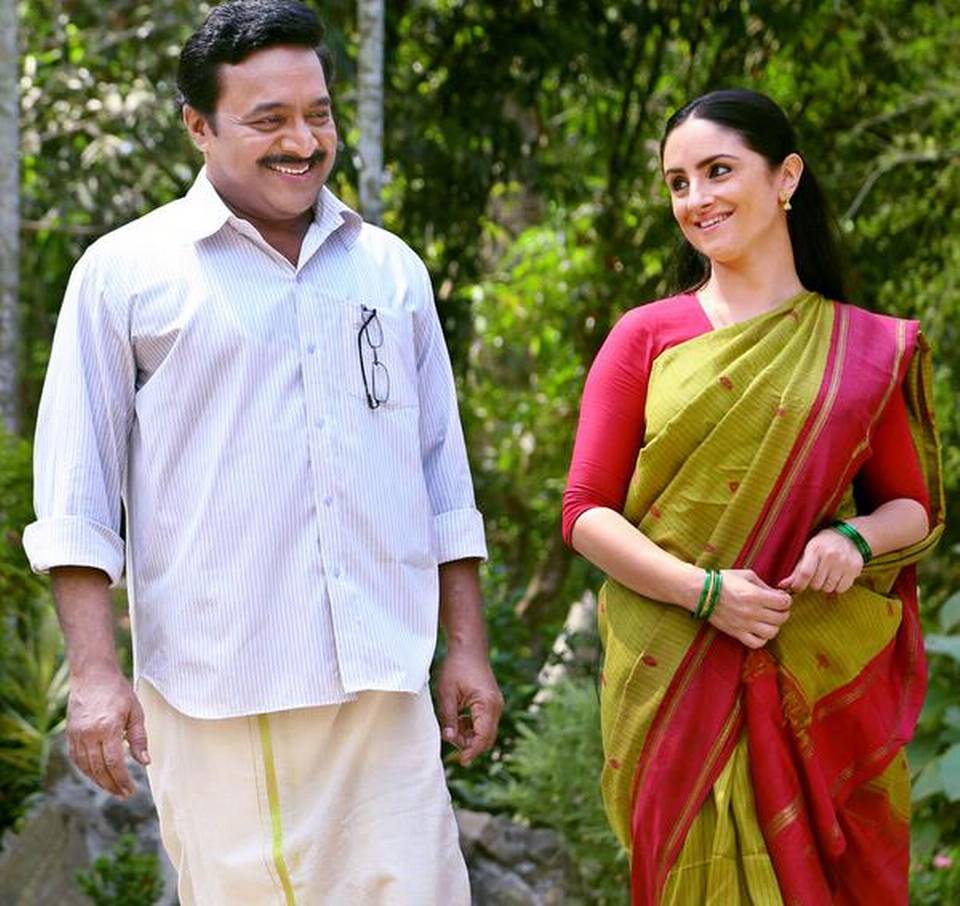Kodagu, KARNATAKA:
by Dr. Rekha Chinnappa.
Hyderali had an edge over the competition for the throne between the Haleri and Horamale branches of Ikkeri dynasty after the death of Mudduraja and Muddaiah raja. In the Haleri branch Lingaraja was fighting for his nephew Appajiraja and in the Haramale branch, Mallaiah arasa for his son Devapparaja. Finally, Devapparaja was coronated.
In this circumstance, the disappointed Lingaraja sought refuge from Hyderali along with his nephew Appajiraja and his sons which included his son Veerarajendra Raja. Hyderali took advantage of this situation by using Lingaraja as the spy. Hyder captured Kodagu and got Devapparaja and his family killed in 1774. This extinguished the Horamale branch.
As per the understanding, Lingarajendra-1 was coronated but remained the puppet of Hyder until his death in 1779. At this time, Lingarajendra’s son Veerarajendra being a minor was forcefully shifted by Hyder to Goroor. This was convenient for him to take control of the Kodagu administration through Karnik Subbarasaiah.
Hyder’s autocratic attitude in administration was disliked by the people of Kodagu. Hence they resisted his rule by various kinds of protests. Due to ill health, Hyderali died in 1782. This resulted in his son and heir Tippu sultan assuming the throne. Tippu’s rule was oppressive and this made the situation worst for the people of Kodagu. Eventually, they chose to bring back Prince Veerarajendra, who had been shifted to the Periyapatna prison from Goroor. He was to reinstate the peaceful administration of Kodagu.
Veerarajendra’s close associate Kulleti Ponappa, Hombale Nayaka, Appanarvanda Achaiah, Pattachervanda Bolakka and few other people of Kodagu set out to secretly release Veerarajendra from the prison. The warden of the Periyapatna prison was Khadher Khan Khaisighei. He was a Saurashtrian trader from Afghanistan in India on a trade contact. He was upright and empathetic individual and was sensitive to the ongoing affairs. He aided the Kodagu folks to get their prince out of a six year long imprisonment.
This became the major turning point for Veerarajendra to re-establish the rule of the Haleri dynasty in Kodagu. Soon after his release, Veerarajendra along with his Kodagu army resisted the strong determination of Tippu Sultan to capture Kodagu. The Kodagu army was brave and strong but were not very experienced in organized battle. Hence, they began setting plots in the routes of the enemy through forests and other mountain areas. This ousted the authoritative administration of Tippu who had gained an edge over the natives of Kodagu by pledging themselves in the territory.
While Tippu sent troops under various commanders to capture Kushalnagar, Beppunad and Bhagamandala forts of Kodagu, the Kodagu army won over the Sultans and Veerajendra Raja got Kushalnagar, Beppunad and Bhagamandala forts under his control.
While only Madikeri fort was in control of Tippu Sultan, the Kodagu troops way laid the routes and blocked all the provisions going there. During monsoon, when shortage of supplies was inevitable Tippu sent the necessary provisions under the leadership of Khadher Khan Khaisighei. They were attacked in Kushalnagar and captured by the Kodagu army. Veerarajendra Raja was obliged to release Khadher Khan Khaisighei out of immense gratitude towards him. His memory flashed back to his release from the Periyapatna prison. Khaisighei was also instrumental in protecting his sister when she was attacked by the muslim authorities.
However, Khader Khan Khaisighei’s loyalty was pronounced when he turns down the Raja’s favor, initially. Later on, he accepts the favor and requests that the provisions be delivered to the Madikeri fort and returns to Periyapatna. Thus, Veerarajendra Raja gains control of the territory of Kodagu.
Certain areas in Kodagu was commanded by Paleygars/nayaks. After the fall of Udichanda Palegar in Bilgunda, his property was gifted to Khadher Khan Khaisighei by Veerarajendra Raja. This gift was based on service jhagir under puthra parampara. Henceforth, they were the permanent residents of Bilgunda, living in their Aiynmane beside the Bhadrakali Village temple. This Aiynmane has all features of traditional Kodagu aiynmane.
The lineage of Khader Khan Khaisighei has been enjoying the thakkame and they decorate the respectable seat at the Hoskote Kolemandh reserved for various thakkas. Without overbearing the religious attitude they participate wholly in all the village activities including the festivals – Bhadrakali Namme and Eshwara Namme of the Bilgunda Village.
The Kodagu socio-cultural practices are followed by them celebrating the Kailmurtha and Puthari festival to the present day. These festivals are the celebration of the completion of several stages of paddy cultivation, which was the only source of traditional livelihood of the land. The thakkame of Puthari had been of the Kaisighei and is followed by his progeny now by Kaleemula Khan, the third generation.
The procession for cutting the sheaf begins at their house along with traditional fervor. The sheaf is reaped from Shafila Khan’s paddy field, where he fires the gun symbolizing the beginning of harvest. Later, the sheaf is taken to the temple and their respective homes.
Embracing Islam they have blended into the socio-cultural practice of the land they have inherited. This matured outlook has disseminated peace and harmony in and round Bilgunda Village.

source: facebook.com/ptbopanna.palangada









